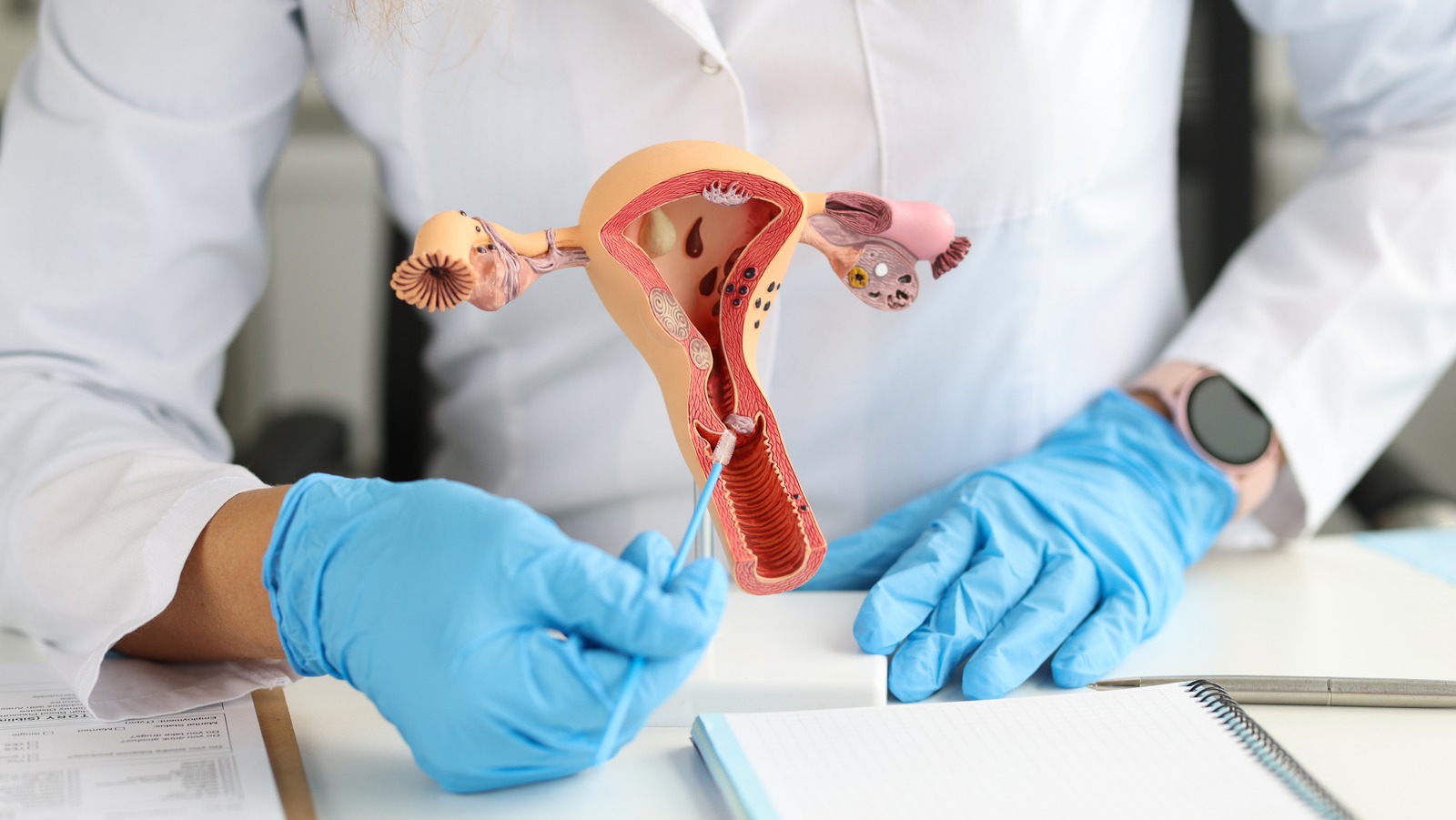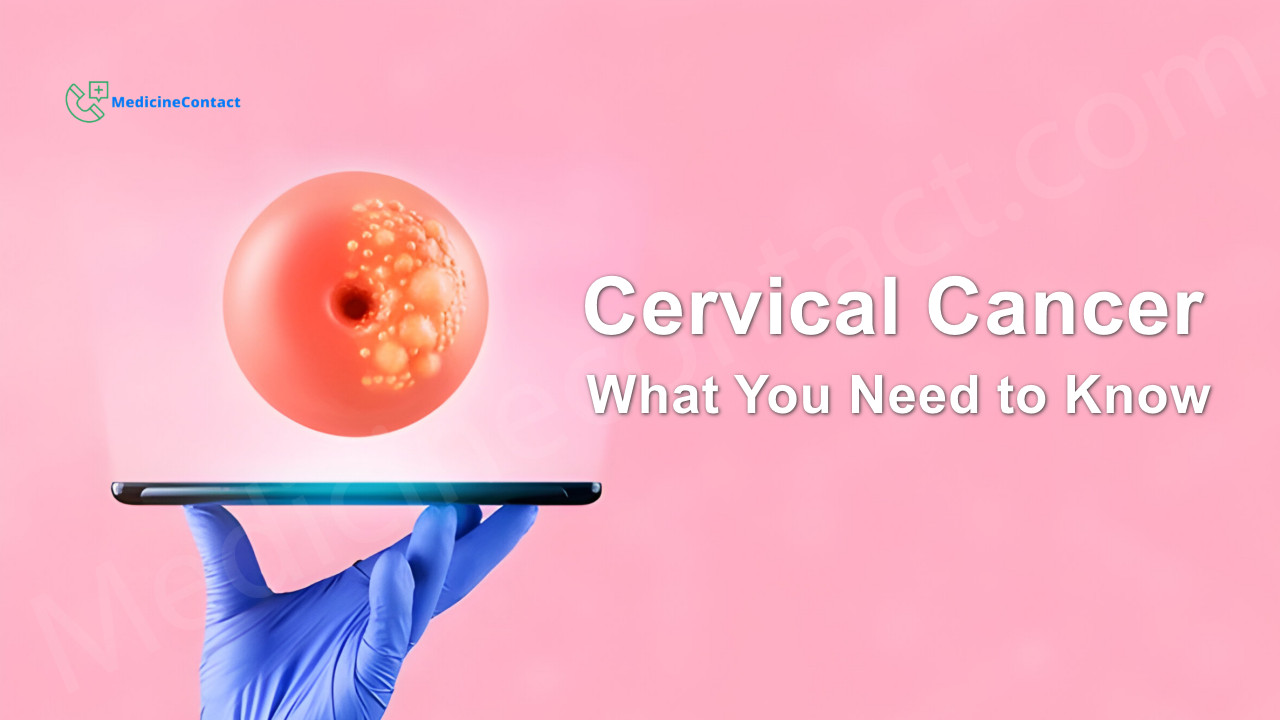
When it comes to women's health, understanding various medical procedures and their outcomes is crucial. One such topic that often raises questions is the vaginal cuff. Whether you're preparing for a hysterectomy or simply seeking information, this comprehensive guide will shed light on what a vaginal cuff is, its purpose, and what you need to know about the recovery process.
What Is a Vaginal Cuff?
A vaginal cuff is a surgical closure created at the top of the vagina following a total hysterectomy. During this procedure, the uterus and cervix are removed, leaving an opening at the upper end of the vaginal canal. The vaginal cuff serves to seal this opening, maintaining the integrity of the vaginal structure and supporting surrounding organs.
Many women wonder, "What does a vaginal cuff look like?" Essentially, it appears as a smooth, healed scar line at the top of the vagina where the cervix once was. It's not visible externally and can only be seen during a gynecological examination.
The Importance of the Vaginal Cuff
The vaginal cuff plays several critical roles:
- It prevents the prolapse of pelvic organs into the vaginal canal
- It maintains vaginal depth and function
- It helps support the bladder and rectum
- It allows for normal sexual function post-hysterectomy
The Vaginal Cuff Procedure
The creation of a vaginal cuff is an integral part of a total hysterectomy. Here's what you can expect:
- After the uterus and cervix are removed, the surgeon carefully examines the top of the vagina.
- The edges of the vaginal opening are then sutured together using dissolvable stitches.
- The surgeon ensures that the cuff is secure and that there are no signs of bleeding or other complications.
- The procedure typically takes about 15-30 minutes as part of the overall hysterectomy surgery.
Potential Risks and Complications
While vaginal cuff procedures are generally safe, it's important to be aware of potential risks:
1. Vaginal Cuff Dehiscence
This is a rare but serious complication where the vaginal cuff separates or opens. It can occur due to various factors, including:
- Premature sexual activity before complete healing
- Excessive straining during bowel movements
- Heavy lifting or strenuous activities during recovery
- Infections or poor wound healing
2. Infection
As with any surgical procedure, there's a risk of infection. Symptoms may include fever, unusual discharge, or pelvic pain.
3. Bleeding
Some spotting is normal during recovery, but heavy bleeding could indicate a problem with the cuff healing.
4. Pelvic Organ Prolapse
In rare cases, weakening of the vaginal cuff can lead to prolapse of pelvic organs into the vagina.
Recovery and Care
Proper care during recovery is crucial for the health of your vaginal cuff. Here are some important guidelines:
1. Follow Post-operative Instructions
Your doctor will provide specific instructions on activity levels, hygiene, and when you can resume normal activities. It's crucial to follow these guidelines closely.
2. Avoid Straining
For the first few weeks, avoid heavy lifting, straining during bowel movements, or any activities that increase abdominal pressure.
3. Abstain from Sexual Activity
Most doctors recommend waiting 6-8 weeks before resuming sexual intercourse to allow proper healing of the vaginal cuff.
4. Maintain Good Hygiene
Keep the area clean and dry. Your doctor may recommend specific cleansing methods or products.
5. Attend Follow-up Appointments
Regular check-ups allow your doctor to monitor the healing process and address any concerns.
When to Seek Medical Attention
While some discomfort is normal during recovery, certain symptoms warrant immediate medical attention:
- Heavy vaginal bleeding or passing large clots
- Severe pelvic pain or pressure
- Fever or chills
- Foul-smelling vaginal discharge
- Nausea or vomiting
- Difficulty urinating or having bowel movements
Long-term Considerations
Once fully healed, a vaginal cuff should not cause any noticeable changes in day-to-day life. However, it's important to:
- Continue regular gynecological check-ups
- Be aware of any unusual symptoms or changes in vaginal health
- Discuss any concerns about sexual function with your healthcare provider
- Maintain overall pelvic health through appropriate exercises and lifestyle choices
Conclusion
Understanding what a vaginal cuff is and how it affects your body after a hysterectomy is crucial for proper care and peace of mind. While the procedure comes with some risks, proper post-operative care and vigilance can lead to a smooth recovery. Remember, your healthcare provider is your best resource for personalized advice and care throughout your healing journey.
If you have any concerns or questions about your vaginal cuff or post-hysterectomy care, don't hesitate to reach out to your doctor. Your health and comfort are paramount, and staying informed is key to maintaining optimal vaginal and pelvic health.
Frequently Asked Questions about Vaginal Cuffs
What is a vaginal cuff?
A vaginal cuff is a surgical closure created at the top of the vagina following a total hysterectomy. It seals the opening left after the removal of the uterus and cervix, maintaining the integrity of the vaginal structure and supporting surrounding organs.
How long does it take for a vaginal cuff to heal?
The healing time for a vaginal cuff can vary, but most doctors recommend waiting 6-8 weeks before resuming sexual activity to allow for proper healing. It's important to follow your doctor's specific post-operative instructions for the best recovery.
What are the signs of vaginal cuff complications?
Signs of vaginal cuff complications may include heavy vaginal bleeding, severe pelvic pain or pressure, fever, foul-smelling vaginal discharge, nausea or vomiting, and difficulty urinating or having bowel movements. If you experience any of these symptoms, seek immediate medical attention.
Can you have sex with a vaginal cuff?
Yes, you can have sex after a vaginal cuff has healed properly. Most doctors recommend waiting 6-8 weeks after surgery before resuming sexual activity. It's important to communicate with your healthcare provider about when it's safe to resume sexual activity and to be gentle during initial encounters.
Disclaimer: This article is for informational purposes only and does not constitute medical advice. Always consult with a healthcare professional before starting any new treatment regimen.




